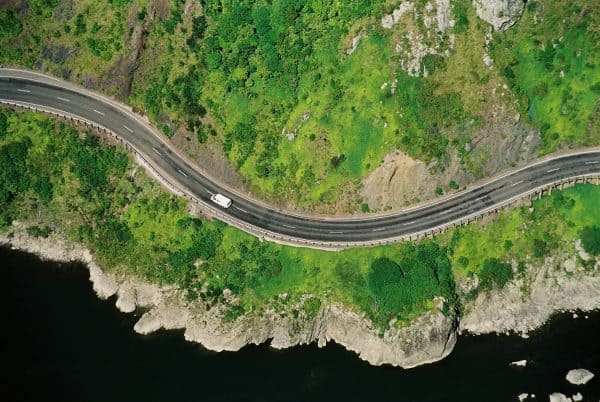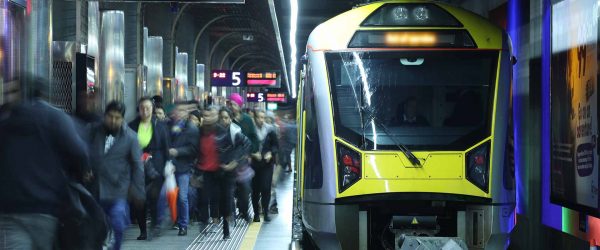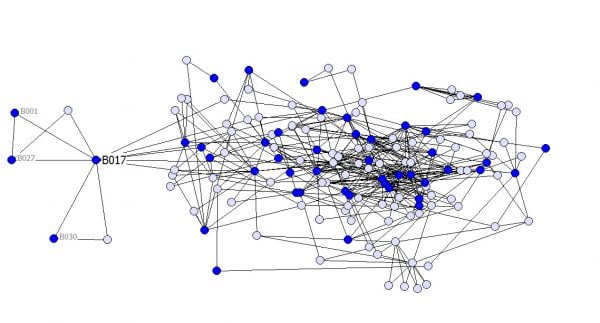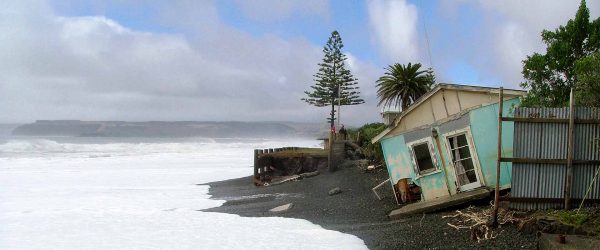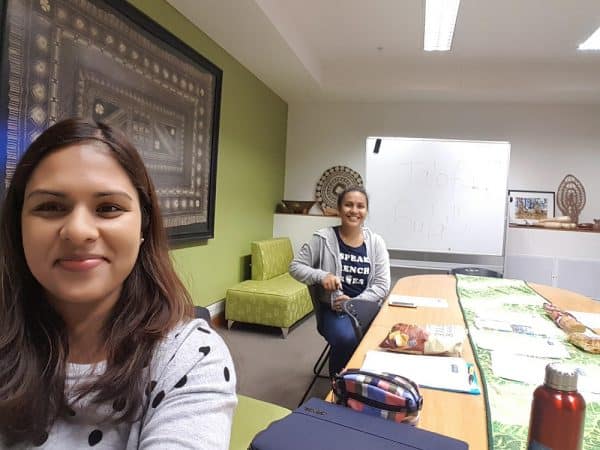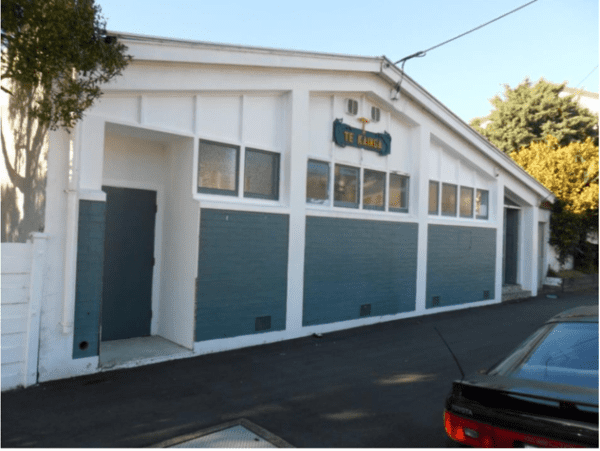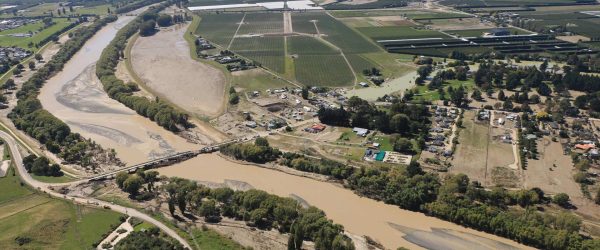Forecasting eruptions at poorly known volcanoes using analogs and multivariate renewal processes
Heat, cold, and floods: exploring farmers’ motivations to adapt to extreme weather events in the Terai region of Nepal
Corridor Forums
Corridor Forums: Working together for a more resilient transport network 15/11/2018 By Dr Vivienne Ivory How can we make decisions affecting the long-term resilience of our transport network when key…
Student profile: David Wither
Student profile: David Wither 12/02/2019 Social Resilience in the Hurunui: Outcomes of Institutional Support after Adverse Events A bit about me I spent the first five years of my life…
Smart Resilient Cities
Emerging technology and data processing tools, such as sensor networks, Internet of Things technologies, next generation mobile and broadcasting platforms, machine learning, and artificial intelligence are transforming the cities that we live in, and the
Student Profile: Ngoc Le
Student Profile: Ngoc Le 24/05/2019 Diagnostics of Supply Chain Agility in rural New Zealand using Social Network Analysis A bit about me Xin chào! I am from Vietnam. My teachers,…
Managed Retreat
Many communities around New Zealand are located in the path of natural hazards that are increasing in impact, such as sea level rise, coastal erosion and flooding. A planned and progressive retreat (termed ‘managed retreat’) from high risk are
Chaos on campus
Chaos on campus: Are students and staff at The University of Auckland ready for a natural hazard? 26/07/2018 Andreas Neef How would students and staff of The University of Auckland…
“Whānau-isation” the key to saving earthquake-prone marae
By Jenny Stein Amendments to the Building Act 2004, which came into effect on 1 July 2017, introduced the concept of ‘earthquake-prone buildings’ (EPBs). Defined as a building that achieves…
Homelessness and COVID-19 in New Zealand: Challenges, emergency responses, and implications for disaster risk reduction
A novel illustration of real options analysis to address the problem of probabilities under deep uncertainty and changing climate risk.
Are two earthquakes better than one? How earthquakes in two different regions affect risk judgments and preparation in three locations.
Critical infrastructure recovery: Key lessons
Economic and social reconnaissance: Kaikōura earthquake 2016.
LIDAR survey of bank breaches and flood deposits
The week after Cyclone Gabrielle, the NIWA hydrodynamics team joined forces with the University of Canterbury and Christchurch Helicopters Limited. They mounted a LiDAR instrument (Light Detection and Ranging – a way of rapidly capturing topographic data
